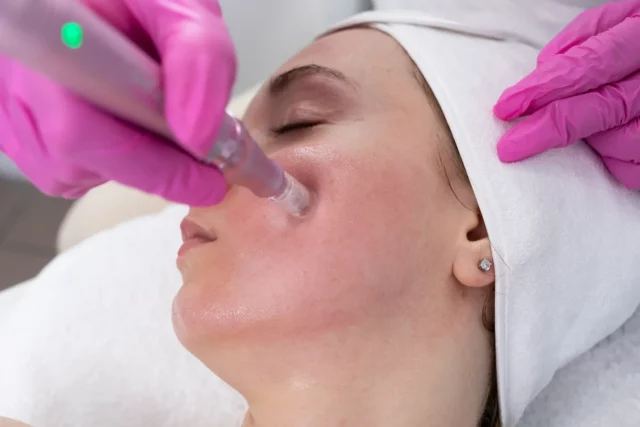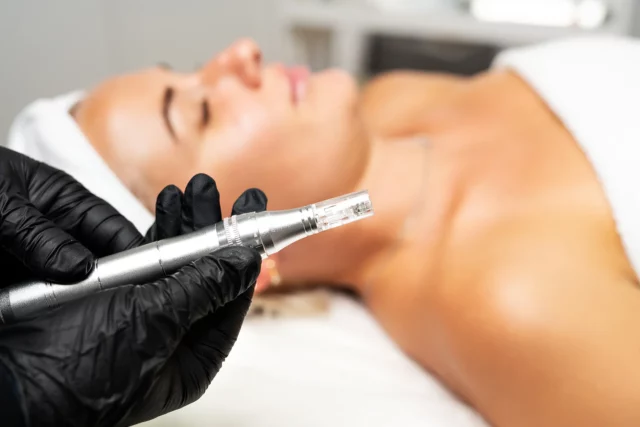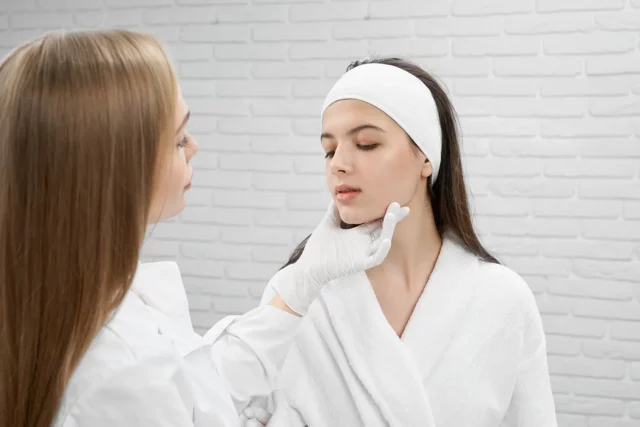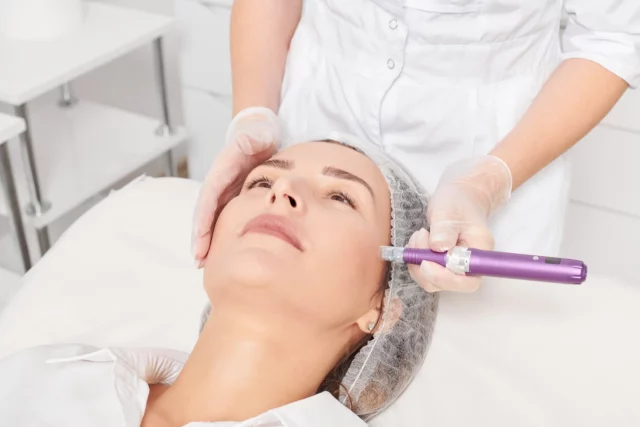Hair and Skin Rejuvenation
Hair and Skin Rejuvenation

The Evolving Landscape: Advanced Applications and Future Innovations in Microneedling Pen Technology
How Professional Microneedling Devices Are Revolutionizing Aesthetic Practices Professional microneedling pens are evolving beyond basic skin treatments to include enhanced…
Read More
Profitable Precision: Integrating Microneedling Pen Services to Elevate Your Practice and Boost ROI
Transform Your Aesthetic Practice by Adding High-ROI Microneedling Services Microneedling pen services elevate practices and boost ROI through low-investment, high-return…
Read More
Building Trust & Ensuring Success: Effective Client Consultation and Post-Care for Microneedling Pen Services
The Foundation of Flawless Skin: Beyond the Pen Itself Effective client consultation for microneedling pen services requires clear communication about…
Read More
The Professional’s Edge: Why Microneedling Pens Surpass Rollers and Complement Other Aesthetic Modalities
Advancing Your Practice: How Professional Microneedling Devices Transform Modern Aesthetics Microneedling pens surpass rollers and complement other aesthetic modalities through…
Read More
Synergistic Effects: Maximizing Microneedling Pen Results with Targeted Topical Serums & Growth Factors
Unlocking Your Skin's True Potential Through Powerful Combinations Topical serums and growth factors dramatically improve microneedling results by penetrating deep…
Read More
Advanced Exosome Applications: Targeting Scar Revision, Pigmentation, and Inflammatory Skin Conditions
Regenerative aesthetics, led by exosomes, offers innovative solutions in aesthetic medicine by harnessing the body's healing. This guide provides aesthetic…
Read More